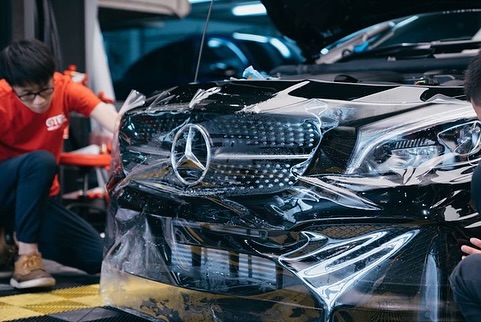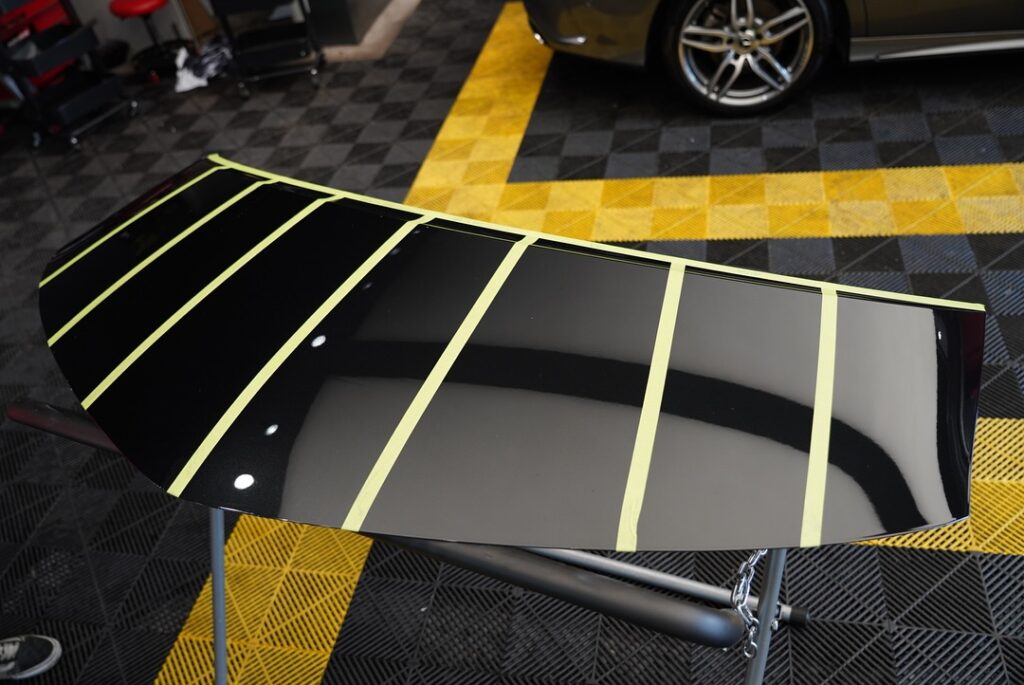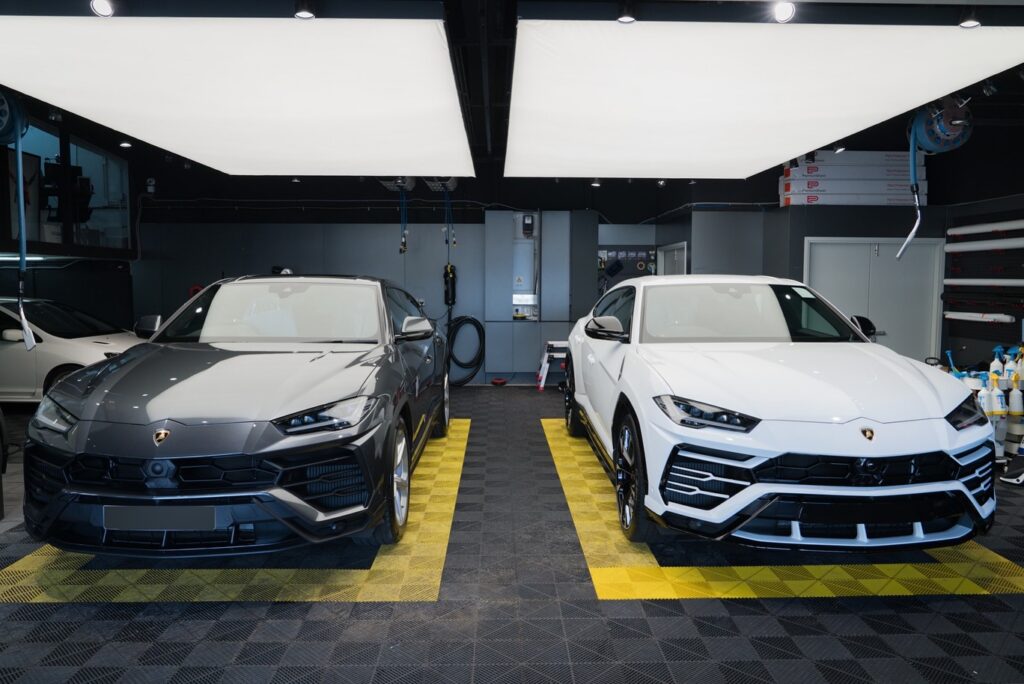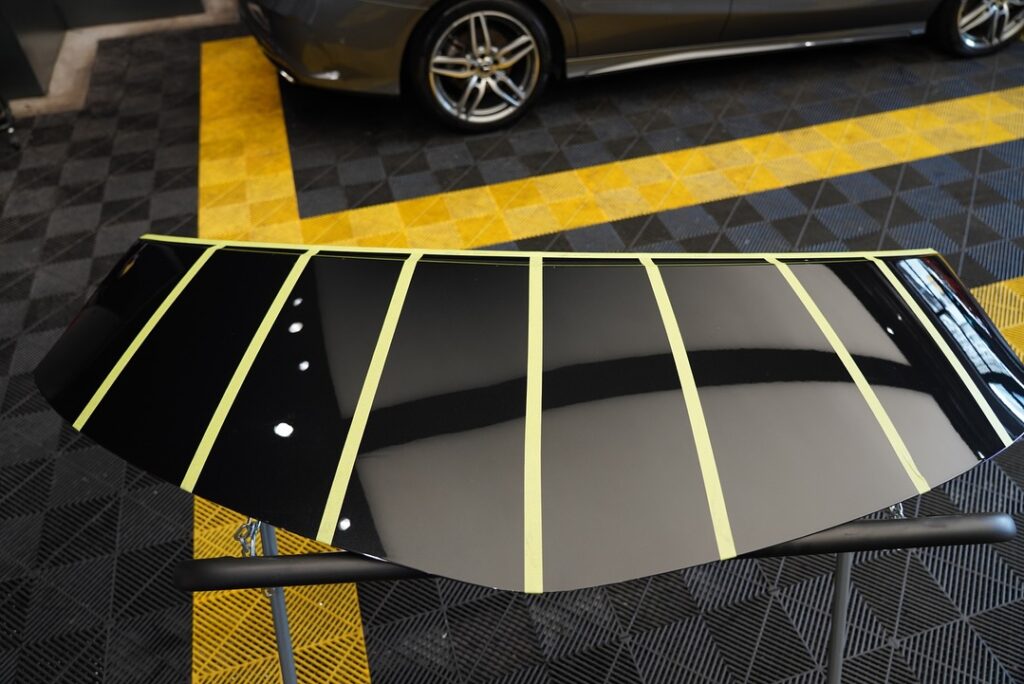





A Look Back at the 2020 PPF Material Test
In 2020, we conducted a detailed comparison of various paint protection films (PPF) available on the market, including TPU, TPH, Hexis, PremiumShield, XPEL, and Suntek. Our tests focused on key performance indicators such as chemical resistance, self-healing capabilities, and overall durability. The results showed that most premium brands offered similar material quality. However, for professional PPF installers, the more decisive factors lie in ease of application—namely strong adhesive performance, resistance to cracking, and stretchability. These qualities are crucial in ensuring a smooth, bubble-free finish and long-term durability.
What’s Changed by 2025? The Rise of Installation Quality
By 2025, the PPF industry has made significant progress. Over 90% of mainstream PPF products have addressed past issues such as yellowing, adhesive failure, and hydrolysis, largely due to innovations like advanced anti-stain coatings. As a result, the real differentiator today is not the film itself, but the standard of installation. A top-tier installation is defined by precision—eliminating visible joins, wrapping edges and corners seamlessly, and achieving a flawless, glass-like finish that enhances a car’s appearance. These meticulous details are what separate ordinary installations from true craftsmanship.
Why the UK Is Behind—and How It Can Catch Up
What’s surprising is that despite the UK being home to many talented installers, its overall PPF installation standards still lag behind global leaders such as Hong Kong, Japan, and the United States. In those markets, attention to detail is not just expected, but embedded into industry culture. It’s a useful comparison to think of the UK’s evolving food scene: while fish and chips remain iconic, London has embraced world-class dining. In the same vein, the UK’s PPF sector has the potential to become a hub of excellence by investing more in professional training, recognised certifications, and aligning with international best practices. Installers can look to Japan’s precision-focused techniques or the United States’ professional, large-scale operations for inspiration.
Advice for Car Owners: What to Look for in a Quality PPF Job
For car owners, selecting a reputable installer with a proven track record is crucial. It’s worth inspecting previous work for smooth seams, fully wrapped edges, and a consistent finish with no visible adhesive residue—subtle details that are often overlooked but speak volumes about quality. Raising industry standards across the UK will benefit both consumers and businesses, and could be encouraged through more workshops, improved education, and closer engagement with global leaders in the field.
Warranties vs Reality: Why Maintenance Matters More
While long warranties—spanning ten years or more—are commonly used as a selling point, they often matter less than people assume. Paint protection film is ultimately a high-consumable product, and its longevity depends far more on real-world usage and maintenance than on marketing promises. For instance, how frequently you wash your car can significantly influence how long the film maintains its clarity and integrity. In the end, it’s the combination of expert installation and responsible care that truly defines the value of PPF.